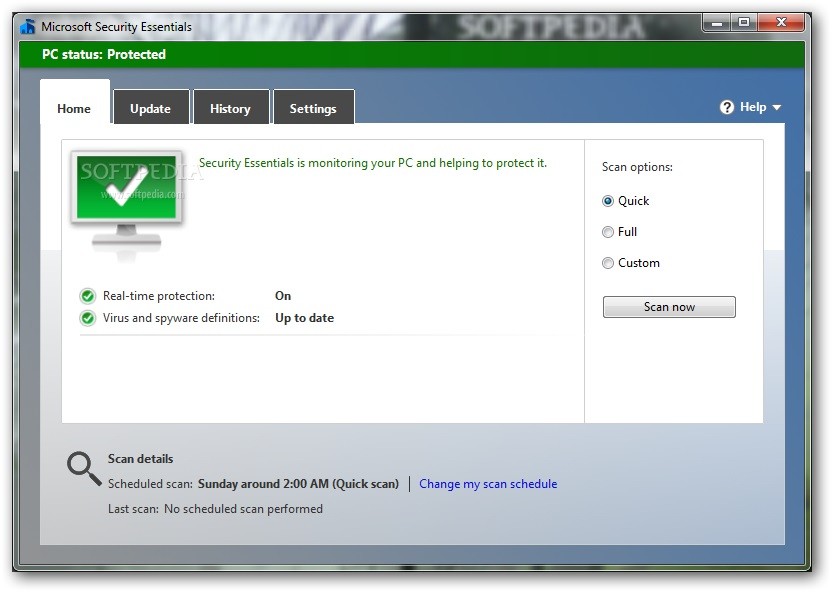

I'll give WD a fair chance to prove itself, once Windows 8 RP is released, but will be watching it closely. I got tired of it & set Secunia (& many other apps, except ESET, MBAM & SAS) not to run at startup to let me get what I need to get done & get back onto Windows 8 CP. Secunia has found a new update for something. Even then, the first things showing are updates. Just like my XP installs, Windows 7 is seldom booted into any longer, & that's only to make a purchase/conduct other business. More & more by the day, Windows 8 CP is becoming my daily OS, Windows 7 is beginning to feel old to me. So far, Windows 8 CP 圆4 uses far less resources than Windows 7 Pro 圆4 does (Win 8 CP could probably run off other OS's waste & have extra left over). Had two 2 user licenses of SAS Pro Lifetime (total of 4), used the extra one on Windows 8 CP.ģ same active security apps, the main differences is in the OS's.

Bought the MBAM Pro Lifetime license for Windows 8 (I have a total of 4 of these on different OS's). I'm running ESET because I had an extra install left of my 3 PC subscription. Which are as follows, ESET Smart Security 5, MBAM Pro Lifetime & SAS Pro Lifetime. SAS may be contributing to heavy RAM usage at startup on Windows 7, but not all of the time. That's with nothing but essential Windows services running & my 3 paid security apps (same as Windows 7). If lucky, the CPU idles at 60%, RAM at 50%. This is a HUGE difference from Windows 7 Pro 圆4 on this PC, it's a total resource HOG. You can leave a file in quarantine for as long as you like.LawaBoy, thanks for the tip! Didn't realize that SAS used that much RAM in the background, it's idling at 35%, my CPU at 3% (at the moment). This means the file is moved and stopped from running or doing anything to your PC.Ī quarantined file does not pose any risk to your PC. Most files detected by Microsoft security software are quarantined. Restore will move the file out of quarantine, back to its original location where you may choose to run it again. Select individual files, and then select Remove or Restore. Select Remove all to delete all quarantined software. Once you have reviewed the quarantined items you can: You might be asked for an admin password or to confirm your choice. Select Quarantined items and then View details. Open Microsoft Security Essentials or Windows Defender. Under Quarantined threats, select See full history.

Under Current threats, select Threat history. Select Start > Settings > Update & Security > Windows Security > Virus & threat protection. On Microsoft Defender Antivirus for Windows 10 version 1703 and later:


 0 kommentar(er)
0 kommentar(er)
